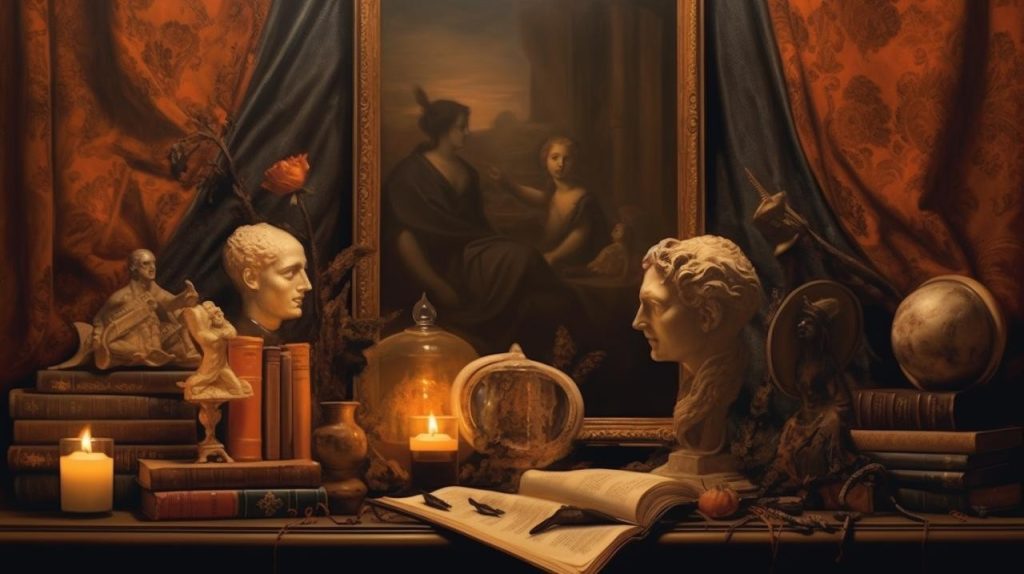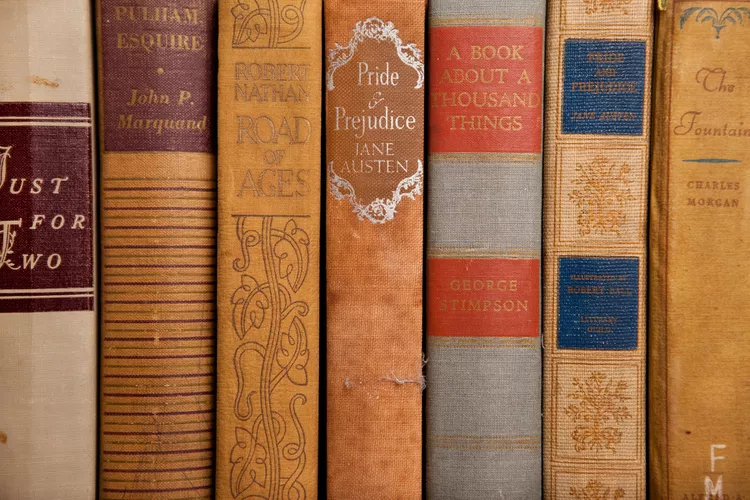Classic literature has long been celebrated for its profound impact on the literary world and its enduring relevance across generations. Reimagining these classics involves transforming or reinterpreting the original works to appeal to contemporary audiences, explore new perspectives, or fit modern contexts. This article delves into the phenomenon of classic literature reimagined, examining its significance, trends, and examples.

The Significance of Reimagining Classics
- Cultural Relevance: Reimagining classic literature allows these timeless works to remain relevant in modern society. By adapting classic stories to contemporary issues and contexts, authors and creators can bridge the gap between past and present, making the works more relatable to today’s readers.
- Fresh Perspectives: Reinterpretations of classics often provide new perspectives on familiar narratives. These fresh viewpoints can highlight overlooked themes, challenge traditional interpretations, and offer deeper insights into the characters and storylines.
- Diverse Voices: Reimagining classics offers an opportunity to incorporate diverse voices and perspectives that may have been marginalized or absent in the original works. This can lead to more inclusive and varied interpretations of classic literature.
- Educational Value: Adaptations and reimaginings of classic literature can serve as educational tools, helping students and readers engage with complex themes and historical contexts in a more accessible and engaging way.
- Creative Exploration: For authors and creators, reimagining classic literature provides a platform for creative exploration and experimentation. It allows them to play with narrative structures, genres, and formats while paying homage to the original works.
Trends in Reimagining Classic Literature
- Modern Adaptations: Many classic literary works are being adapted to fit contemporary settings and issues. These modern adaptations often update the characters, language, and plot elements to resonate with today’s audiences.
- Example: “Clueless” (1995) is a modern adaptation of Jane Austen’s “Emma,” set in a high school and exploring themes of social status and relationships in a contemporary context.
- Genre-Bending: Classic literature is often reimagined through different genres, such as science fiction, fantasy, or mystery. These genre-bending adaptations offer a new twist on classic stories and introduce them to fans of different genres.
- Example: “Pride and Prejudice and Zombies” by Seth Grahame-Smith combines Jane Austen’s “Pride and Prejudice” with elements of zombie fiction, creating a unique and entertaining hybrid.
- Diverse Retellings: Reimaginings of classic literature often feature diverse casts and perspectives, exploring issues related to race, gender, and identity that may not have been addressed in the original works.
- Example: “The Ballad of Black Tom” by Victor LaValle reimagines H.P. Lovecraft’s “The Horror at Red Hook” from the perspective of an African American protagonist, addressing themes of racism and injustice.
- Retellings from Different Points of View: Some reimaginings of classic literature focus on retelling the story from the perspective of secondary characters or antagonists, offering new insights into the original narrative.
- Example: “Wide Sargasso Sea” by Jean Rhys serves as a prequel to Charlotte Brontë’s “Jane Eyre,” telling the story from the perspective of Bertha Mason, the “madwoman in the attic.”
- Graphic Novels and Comics: Classic literature is increasingly being adapted into graphic novels and comics, providing a visual interpretation of the stories and making them accessible to new audiences.
- Example: “The Graphic Canon” series by Russ Kick presents classic literary works in graphic novel form, including adaptations of Shakespeare’s plays and works by Charles Dickens.
- Young Adult (YA) Adaptations: Classic literature is often reimagined in the young adult genre, making these timeless stories accessible and appealing to a younger audience.
- Example: “The Lunar Chronicles” by Marissa Meyer is a series of YA novels that reimagine classic fairy tales, including Cinderella, Snow White, and Little Red Riding Hood, in a futuristic science fiction setting.
- Stage and Screen Adaptations: Classic literature is frequently adapted for stage and screen, with modern interpretations bringing new dimensions to the original works through film, television, and theater.
- Example: The 2019 film adaptation of “Little Women,” directed by Greta Gerwig, offers a fresh and contemporary take on Louisa May Alcott’s classic novel, highlighting themes of female independence and creativity.

Impact of Reimagining Classics
- Broadened Audience: Reimagined classics often attract new readers and viewers who might not have engaged with the original works. By presenting familiar stories in new formats or contexts, these adaptations reach a broader and more diverse audience.
- Cultural Conversation: Adaptations and reinterpretations of classic literature contribute to ongoing cultural conversations about literature, identity, and society. They stimulate discussions about how classic works continue to resonate and evolve.
- Revitalized Interest: Reimagining classics can revive interest in the original works, encouraging readers to explore the source material and gain a deeper appreciation for its historical and literary significance.
- Creative Innovation: The process of reimagining classic literature fosters creative innovation, encouraging authors and creators to experiment with narrative techniques and explore new ways of storytelling.
- Educational Engagement: Reimagined classics can enhance educational engagement by providing students with alternative ways to interact with literary texts, making classic literature more accessible and relevant.

Conclusion
Reimagining classic literature offers a dynamic and engaging way to celebrate and reinterpret timeless works. By adapting these stories to contemporary contexts, exploring diverse perspectives, and experimenting with different genres and formats, authors and creators breathe new life into classic literature. This creative process not only honors the original works but also enriches the literary landscape, making classic stories accessible and relevant to new generations of readers and audiences.


